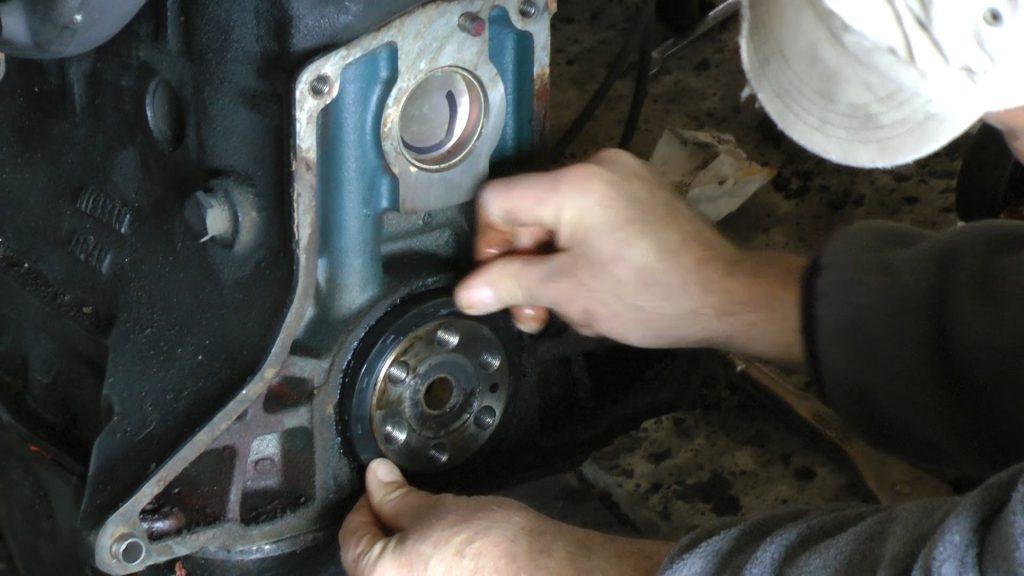Have you recently seen oil dripping from the back of your oil pan? Perhaps this is because of rear main seal leak in your car.
Unfortunately, it’s a bad thing to happen, as it causes a range of problems to the vehicle. The rear main seal is a kind of seal that is around the crankshaft at the back of the engine. The crankshaft is also an engine that held to the bottom of the engine block with the help of main caps at each of the bearings.
Automakers bolt an oil pan over the crankshaft along with a seal in order to place it between the oil pan and the block.
Contents
How to Identify a Rear Main Seal Leak
Before understanding how bad a rear seal leaking is, at first, you need to know the ways to identify it.
Surely, a replacement isn’t something you want to go for, thus, diagnosing the problem in time is better.
The First Thing to do
Since the rear main seal is at the back where you cannot slide down to view it, take a different route.
If you start losing oil but could not see a noticeable drip, you may be in the initial stage of leakage. Start your car for 15 minutes to see if there is any leakage from the engine in a better way.
Check the Valley Pan and the Cover Gasket
For this, you will get under the car with a flashlight, check the gasket cover thoroughly, and inspect for any type of leak.
Missing the problem here could cost you more. With rear main seal leak, initially, the issues will be substantially less troublesome to face than later. When the problem arises, much of the engine disassembles, leading to higher labor cost.
How Bad is a Rear Main Seal Leak?

The primary reason why real main seal leak is extremely dangerous is due to the nature of the seal. Its inside is in contact with the crankshaft and spins around hundreds of time in a minute. Also, this seal is adjacent to one of the crucial bearings of the engine, which must be constantly lubricated by oil.
Once the rear main seal begins to fail, the rotation of the crankshaft disturbs and then the problem quickly becomes worse. It causes a problem to the engine more quickly as it allows a large amount of oil leak.
In addition to this, most engine oil leaks are not enough dangerous as they take weeks or months to reach that level. Your vehicle has a low oil pressure light which help alters the problem, but by now, it may be too late to fix the problem. Keeping a few maintenance tips in mind can be helpful too.
Low oil in the engine may be the fastest way to cause a permanent damage to the engine. Further, it will uncover all the oil pump pick up, causing oil to hinder the flowing of the motor. This leaves bearings, cam shaft, and valve functioning move without lubrication.
With rear main seal leak, the problem can arise to multiple folds. The best way to deal is to take your car to the mechanic the moment you see low oil level.




Dealership diagnosed my car having a rear seal leak of 7 but I never saw a leak and told them they insisted this was my cars problem and charged me 3,100 to repair it,but oil light came back on after repair and another dealership diagnosed bad pcv hose and valve.if the other dealership had removed the motor as they claimed they would have noticed the bad pcv hose they intentionally frauded me out of 3,100.